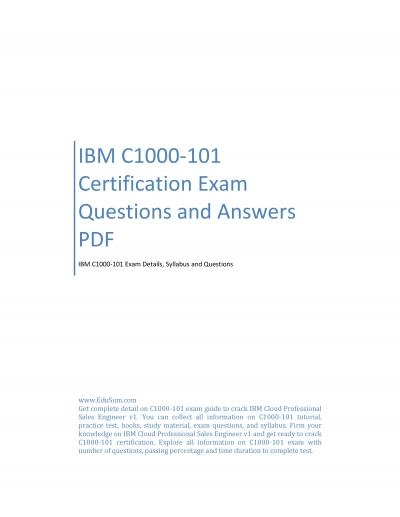PPT-Violation 101 Start to Finish!
Author : mitsue-stanley | Published Date : 2018-10-28
1 15April2015 Alpha Natural Resources Inc violate verb ˈ vī əˌ lāt to break a law to fail to observe a law violation noun ˌ vī əˈ lāshən
Presentation Embed Code
Download Presentation
Download Presentation The PPT/PDF document "Violation 101 Start to Finish!" is the property of its rightful owner. Permission is granted to download and print the materials on this website for personal, non-commercial use only, and to display it on your personal computer provided you do not modify the materials and that you retain all copyright notices contained in the materials. By downloading content from our website, you accept the terms of this agreement.
Violation 101 Start to Finish!: Transcript
Download Rules Of Document
"Violation 101 Start to Finish!"The content belongs to its owner. You may download and print it for personal use, without modification, and keep all copyright notices. By downloading, you agree to these terms.
Related Documents

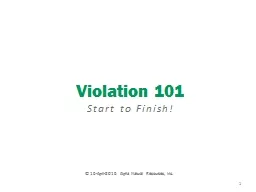
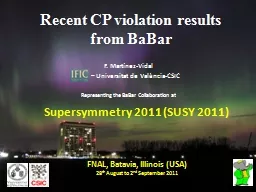
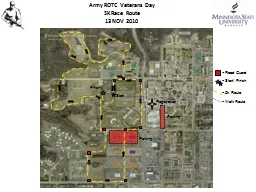
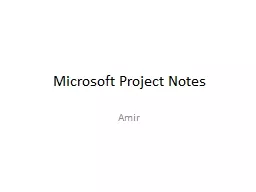

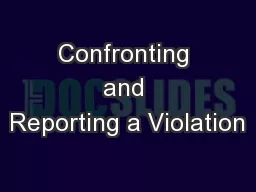

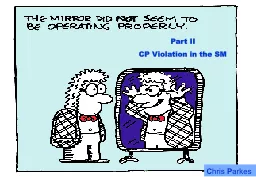
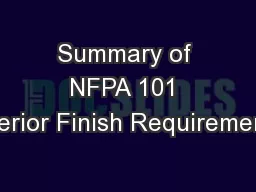

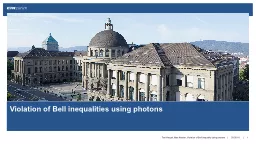
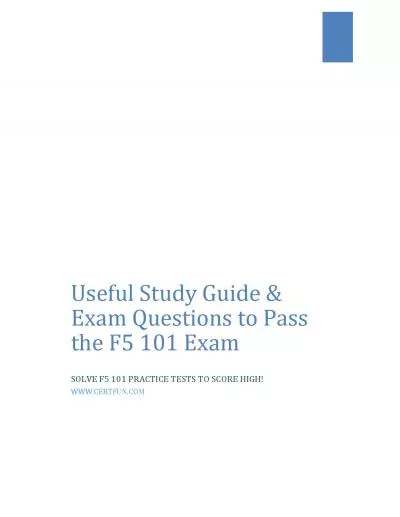
![Download Book [PDF] Minding My Business: The Complete, No-Nonsense, Start-to-Finish Guide](https://thumbs.docslides.com/1017597/download-book-pdf-minding-my-business-the-complete-no-nonsense-start-to-finish-guide-to.jpg)
